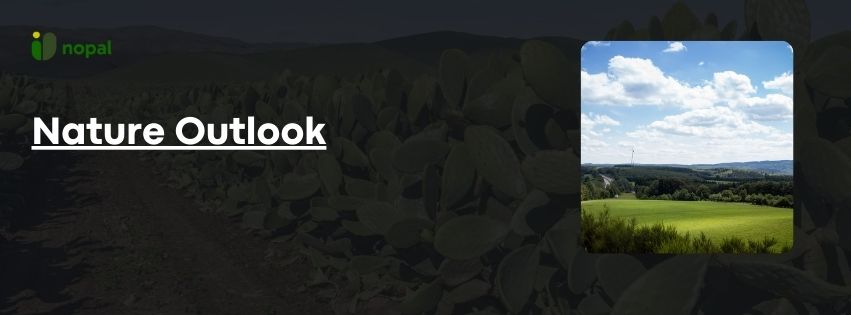Heading Towards a Greener Horizon
Nature-based carbon credits are poised for a transformative trajectory, spearheading the global shift towards a more sustainable and resilient future. The outlook for these credits is shaped by a confluence of factors that underscore their pivotal role in mitigating climate change and fostering environmental stewardship.
1. Expanding Corporate Adoption
Corporations are increasingly recognizing the significance of nature-based solutions in their climate action portfolios. The surge in corporate commitments to achieve carbon neutrality and net-zero emissions is driving a growing demand for nature-based carbon credits.
2. Policy Support and Market Dynamics
Supportive policies and market dynamics play a crucial role in shaping the outlook. Governments and international bodies are exploring regulatory frameworks and incentives that encourage the use of nature-based credits, potentially driving increased market participation.
3. Biodiversity and Ecosystem Services
The inherent link between nature-based projects and biodiversity conservation strengthens their appeal. The positive impact on ecosystems, coupled with the delivery of additional environmental services, positions these credits as multifaceted tools in the fight against climate change.
4. Innovation in Measurement and Monitoring
Ongoing advancements in technology are enhancing the accuracy and reliability of measuring carbon sequestration. Innovations in satellite imaging, remote sensing, and blockchain applications contribute to robust monitoring systems, boosting confidence in the effectiveness of nature-based projects.
5. Social and Environmental Co-Benefits
The emphasis on co-benefits, including community engagement, job creation, and support for local economies, elevates the social dimension of nature-based projects. This holistic approach aligns with broader sustainability goals, making these credits attractive to diverse stakeholders.
6. Diversification of Project Types
The nature-based carbon landscape is diversifying beyond afforestation and reforestation. Projects encompassing sustainable agriculture, wetland restoration, and coastal ecosystem protection are gaining prominence, offering varied and adaptable solutions to carbon sequestration.
7. Verification and Standardization
Stringent verification processes and adherence to recognized standards such as the Verified Carbon Standard (VCS) continue to be paramount. Standardization ensures the integrity of nature-based projects and fosters confidence among buyers and investors.
8. Market Volatility and Risk Mitigation
While the nature-based carbon market shows promise, it is not immune to volatility and risks. Addressing issues like permanence, additionality, and market oversaturation requires continuous efforts to establish risk mitigation mechanisms and maintain market stability.
9. Financial Instruments and Investment Trends
Financial instruments tied to nature-based carbon, including green bonds and carbon offset markets, are gaining traction. Investment trends indicate a growing awareness of the financial opportunities presented by these credits, further influencing the market outlook.
10. Global Collaboration and Climate Ambitions
International collaboration and shared climate ambitions are pivotal. As nations strive to meet their climate targets, nature-based solutions emerge as collaborative tools that transcend borders. Global initiatives and partnerships contribute to a positive outlook for the widespread adoption of nature-based carbon credits.

